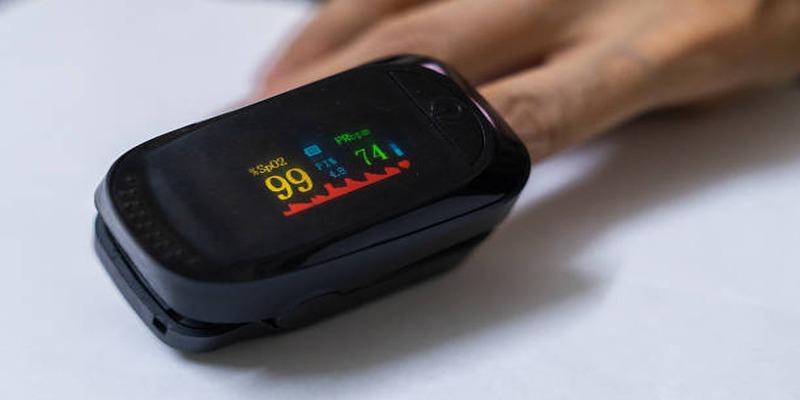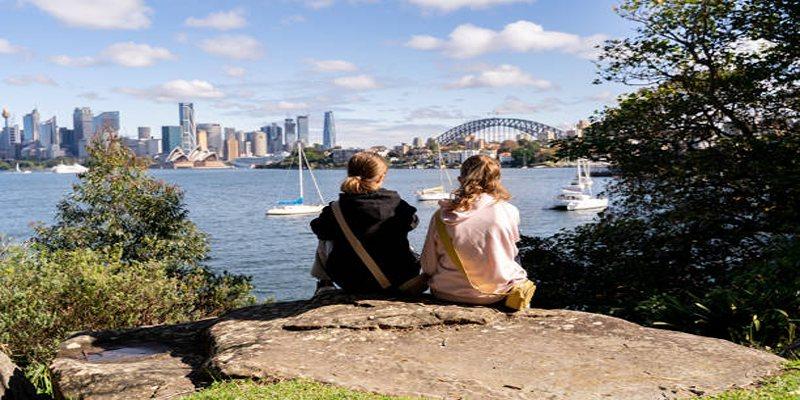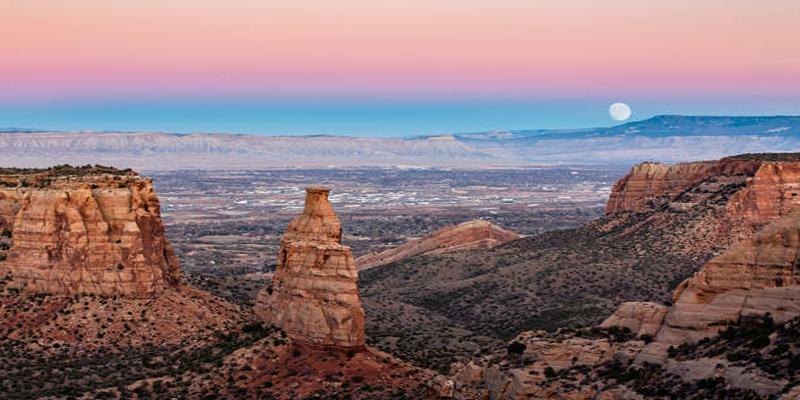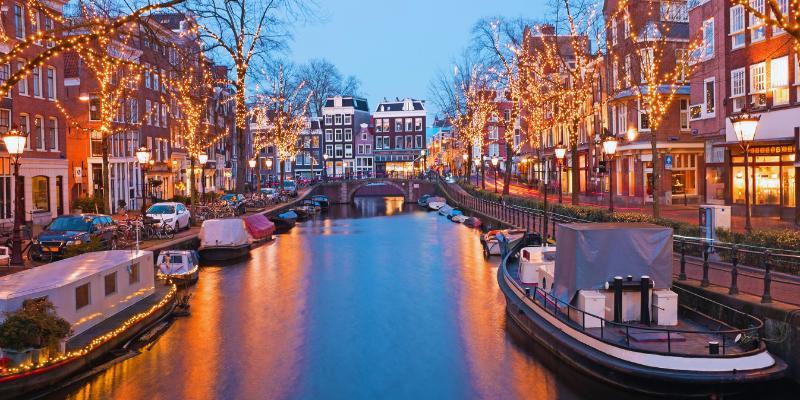The Camino de Ronda is an amazing coastal route extending through the Costa Brava of Spain. It is also known to have breath-taking Mediterranean scenery, silvery inlets, and the beautiful villages that provide one with a memorable hiking adventure. Discover where to go, what path to take, and how to have the greatest adventure with this guide, whether you want adventure or rest.
Understanding the Camino de Ronda
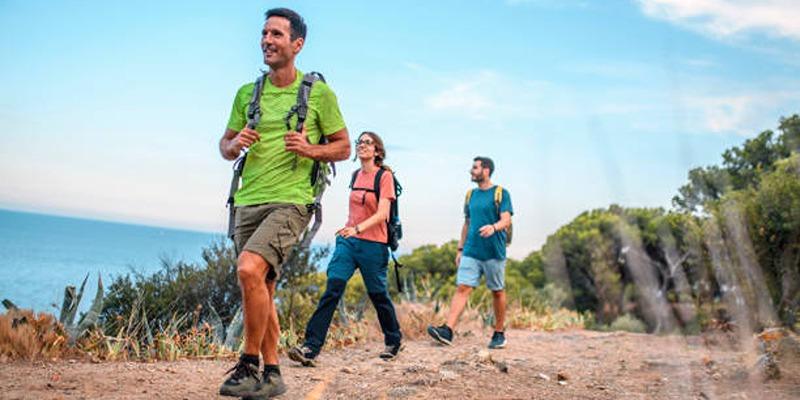
The Camino de Ronda is the route that runs across the fishing villages and resort towns of all the spectacular costa brava of Spain! The name means round road and was used to decorate the guard patrol paths in the past due to the use of the road as the walking path by numerous guards patrolling the coast to prevent conmen and sneak-thieves.
Modern hikers feel the same directions and get unbelievable manifestations during the journey, one after another. Difficulty varies drastically depending on the trail you follow—there are easy, family-friendly walks, and there are erratic scrambles over uneven rocky terrain that require meticulous negotiation.
The best beaches are the most popular, between Begur and Palafrugell. They include beautiful beaches such as Aiguablava and Sa Tuna. The entire network is far more than that, however, and talented hikers have months of adventure ahead of them.
Essential Gear for Camino de Ronda Hiking
Footwear Selection
Good grip hiking shoes are not negotiable. The path has loose rocks, sharp decline and in some cases, smooth surfaces along the water course. Lightweight hiking shoes come in handy when the terrain is lighter, but when it gets technical, a pair of boots is very supportive in the ankle.
Sun Protection
There is little shade in the exposed coastal recess. Bring a big hat, a sunscreen with a higher SP factor, and a nice pair of sunshades. Sun reflecting on the water makes UV exposure all the more serious and makes protection even more important.
Hydration and Nutrition
Take as much water as you feel you might want--no short routes less than two liters per head. Water is limited in some river banks, and remote sections require proper water planning. Snacks rich in energy sustain blood and body strength in the face of tough mountain climbs.
Navigation Tools
You can download some offline maps to your smartphone and use a printed map as an option. In some coastal regions, especially amid cliffs and thick vegetation, GPS signals are likely to be unreliable.
Best Sections for Different Experience Levels
Beginner-Friendly Routes
The route between Llafranc and Calella de Palafrugell is spectacular without technical difficulties. This two hour stroll has established walking paths and various check-out points, hence being an ideal first time visitor or family outing.
Another very good introduction path is Aiguablava to Fornells. The relative flat land and distinct markers of the trail are useful to build confidence and exhibit the natural beauty of the area.
Intermediate Challenges
Advanced day hikers must not forget about Begur to Aiguablava. This path involves more ascents and is more isolated, and rewarding the work with golden sand shores that can be reached on foot only.
The part between Sa Tuna and Aiguablava is not very easy yet the landscape of the coast is unbelievable. Some rock scrambling and cliff paths are to be expected.
Advanced Adventures
Skilled hikers have the option of making more extended, multiple day journeys and pitching their tents at specific locations or as guests to attractive coastal communities along the path. The harshest areas can be found in the north close to Cap de Creus which reward the adventurers with picturesque landscapes and the best wildlife watching scenes ever.
Timing Your Camino de Ronda Adventure
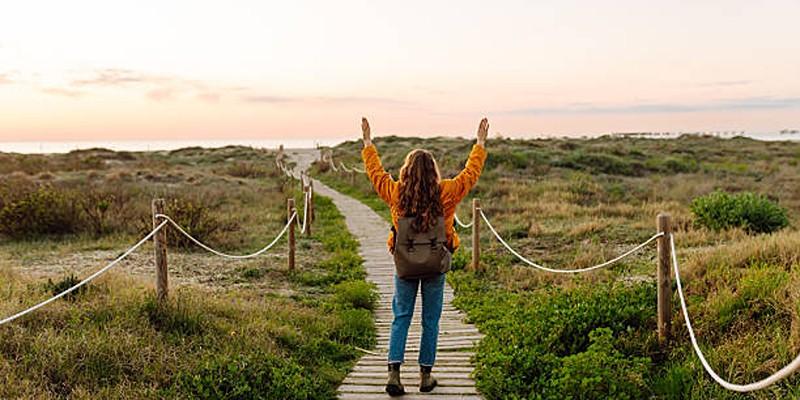
Seasonal Considerations
The spring and fall offer good hiking. The weather is pleasant, the crowds reduce and the wild flowers grow along the coastal walks. The summer is overheated, young people have crowded beaches, so it is necessary to wake up early.
Hiking can happen in winter, although weather has to be closely tracked. Cliffs may be unsafe during storms and certain operations in smaller towns may be lost.
Daily Timing
Start early to avoid afternoon heat and secure parking in popular areas. Dawn departures also offer the best photography opportunities, with golden light illuminating the coastline.
Finish the plan properly--part of the trail is so much further on that it is dangerous in the dark. Always tell somebody where you are going and what time you will be hungry to go back.
Safety Guidelines and Precautions
- Weather Awareness: The weather along the coastline varies quickly. Make predictions before leaving and prepare to reverse in case conditions worsen. Cliff roads are especially dangerous when there are high winds.
- Trail Conditions: Most recent storms may destroy paths and unstable surfaces. Check with local tourist information centers where conditions on trails may be in contact.
- Wildlife Encounters: Cayley waters are home to a wide variety of wildlife. Protect nesting seabirds through proximity and paternity by keeping away. Encounters with snakes are not very common but may occur during summer.
Hidden Gems and Local Insights
- Secret Viewpoints: Many of the best photo opportunities lie just off the main trail. Look for small paths leading to rocky promontories—these often provide the most spectacular vistas.
- Beach Access: Several pristine coves are accessible only via the Camino de Ronda. Platja del Castell and Cala Pedrosa offer excellent swimming and snorkeling when conditions permit.
- Cultural Stops: Combine hiking with cultural exploration by visiting ancient watchtowers and ruins scattered along the route. These historical sites provide context for the trail's rich heritage.
- Local Dining: Time your hikes to end in coastal villages with excellent seafood restaurants. Sa Tuna and Fornells offer authentic dining experiences away from tourist crowds.
Final Thoughts
The Camino de Ronda has beautiful sea walking experiences. Use smaller routes first to become acquainted with the trail before moving to bigger routes. Hike and kayak/dive to make the most of the Mediterranean surroundings--local guides have multi-sport packages. Get pictures of it, though be sure to experience it in real time also. Take care on well-defined tracks, leave the country clean and conserve this treasure to the next adventurer.

